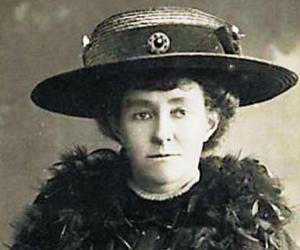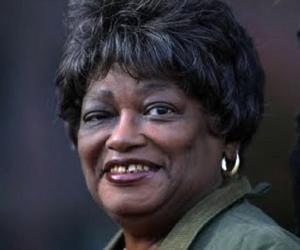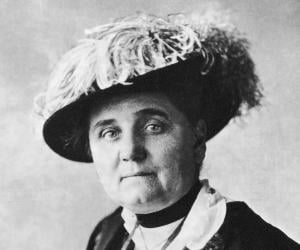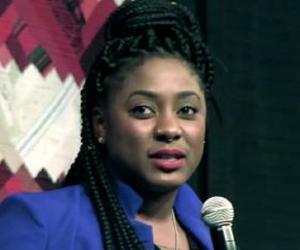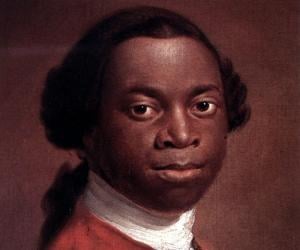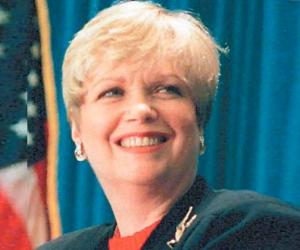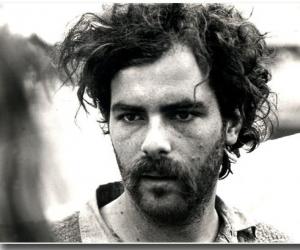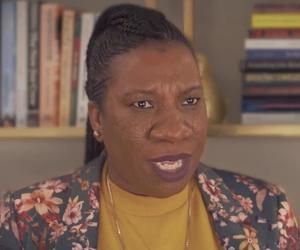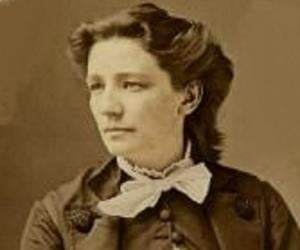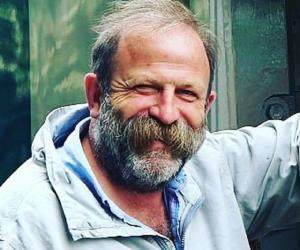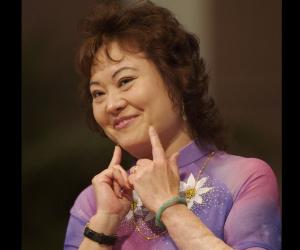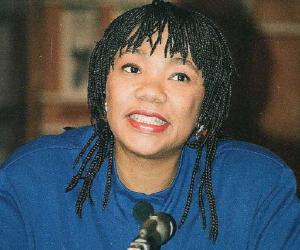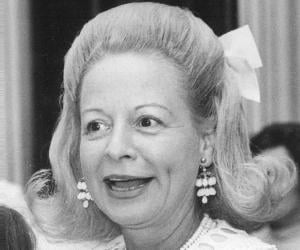Quick Facts
British Celebrities Born In October
Also Known As: Emily Wilding Davison
Died At Age: 40
Born Country: England
Feminists Women’s Rights Activists
Died on: June 8, 1913
place of death: Epsom, England
City: London, England
Notable Alumni: Royal Holloway, University Of London, St Hugh’s College, Oxford
Cause of Death: Horse-riding Accident
More Facts
education: Royal Holloway, University Of London, St Hugh’s College, Oxford
Childhood & Early Life
She was born as Emily Wilding Davison in Blackheath, London, on 11 October 1872 to Charles Davison and Margaret Davison. She had three siblings and several half-siblings from her father’s first marriage.
She received her primary education from Kensington School and won a bursary to Royal Holloway College in 1891 to study literature and modern foreign languages. But the untimely death of her father in 1892 resulted in financial problems and she was forced to quit college.
She started working as a private governess in order to earn money. Afterwards, she became a teacher in Edgbaston and Worthing. She was determined to further her education and once she had raised enough money, she started attending classes in Biology, Chemistry, English Language and Literature at St Hugh’s College, Oxford. She passed the final exams with first-class honours but was not awarded a degree as women were not allowed to take degrees at that time.
Career
She embarked on a career as a teacher after leaving college. She also developed an interest in social and political activism during this period and joined the Women’s Social and Political Union (WSPU) in 1906.
The Women’s Social and Political Union (WSPU), established by Emmeline Pankhurst in 1903, consisted of feminists who felt strongly about the women’s suffrage movement and felt that militant, confrontational tactics were required to achieve their objective.
Emily Davison became deeply involved in the women’s suffrage movement and by 1908 had decided to quit her teaching job to become a full-time activist. After leaving her job, she dedicated her life completely to the movement.
She entered the University of London examinations as an external candidate for a degree in Modern Foreign Languages in 1908.
A very passionate feminist, she soon gained a reputation as a violent campaigner who would resort to attention-grabbing tactics in order to be heard. Even though her involvement with the women’s suffrage movement started with WSPU, with time she started disruptions, stone throwing, and arson on her own without the approval of WSPU.
Notorious for her sensational activities, she was arrested and imprisoned several times for various offences. Once she violently attacked a man she mistook for the Chancellor of the Exchequer, David Lloyd George. Another time she was caught breaking windows in the House of Commons. Her violent tactics continued and she set fire to a pillar-box on yet another occasion.
She would often go on hunger strikes after being imprisoned and was force-fed. Once to escape being force-fed, she threw herself down a 10-metre iron staircase. She suffered from severe head and spinal injuries as a result and was in pain for the rest of her life.
She attended the Epsom Derby on 4 June 1913. As the race was underway, she ducked under the railing and ran to the track and came in the path of Anmer, the horse owned by King George V. The horse collided with her and trampled her with its hooves.
Major Work
Emily Davison was well-known for being a militant women’s suffrage activist and gained much popularity because of the daring actions she undertook without fearing the consequences. Of all her dare-devil actions, the one that catapulted her to the heights of recognition and also resulted in her death was when she ran into the tracks as a horse race was underway and tried to grab the bridle of the king’s horse.
Personal Life & Legacy
On 4 June 1913 she was badly injured after a collision with the king’s horse. Soon after the crash, she was taken from the track and brought to a nearby hospital. She suffered a fractured skull and several internal injuries. She succumbed to her injuries on 8 June 1913 in Epsom Cottage Hospital.
At the time of her death, the events leading to her getting trampled were often debated upon. While some believed that she committed suicide in a desperate attempt to garner support for the women’s suffrage movement, others felt that she was a madwoman who threw herself in front of a galloping horse. More recently, a theory has surfaced that she intended to throw a ‘Votes for Women’ sash around the neck of the King’s horse to gain publicity for her cause.
Facts About Emily Davison
Emily Davison was known for her daring acts of defiance, such as hiding in a broom closet in the House of Commons on the night of the census to protest for women’s suffrage.
She was a dedicated advocate for women’s rights and equality, participating in hunger strikes and enduring force-feeding while in prison.
Emily Davison was a talented writer and speaker, using her voice to raise awareness about the injustices faced by women in society.
She was a skilled equestrian and used her love for horses as a symbol of strength and freedom in her activism.
Emily Davison’s legacy lives on as a symbol of courage and determination in the fight for gender equality.


